As it ventured in the previous entrance, and inside, also, of the denominated Route of Vello Agrarian Lugo, there is a decidedly special place, mainly for the lovers of the History, of the Art, and why not to say it, of the Mystery.
A place that is barely twenty miles from a splendid city, which was a sacred forest for the ancient Celts, who had dedicated it to one of the main divinities of his Pantheon, Lug and where the Roman conquerors built a palisade that On a smaller scale, of course, but comparatively speaking, it exercised similar functions to those of Hadrian's famous wall in the equally hazy Britannia, in order to keep the bellicose conquered tribes at bay: Lugo.
Neither -as it was seen, with respect to the church of San Miguel de Bacurín- is within the boundaries of the Old Way or the French Way, on its way through the province; but the insignificant distance that separates it from this, just two, at most three kilometers, is a lesser effort than many pilgrims, possibly attracted by the claims, more persistent today, they risk to face such a small detour, possibly trusting in that they will see something truly special, that will not leave them in any way indifferent and that, in fact, it will suppose another one of the multiple experiences annexed to the Way, worthy of telling and remembering: the Ninfeo of Santa Eulalia de Bóveda.
In Bóveda, as in many other places of this old bull skin that is Spain, the arrival of Christianity was a very unconventional break with the ancient cults, which had to be eliminated by decree, even if that meant reducing its main debris sanctuaries before, during and after San Martin, obviously that of Dumio and not the one that according to tradition, cut the layer in half to offer it to a beggar.
For some strange reason, still not revealed by historians and archaeologists, such destruction was not carried out with this singular sanctuary of Roman origin. At least, it was not done in the conventional way, but, condoned by the terrible action of the hammer or hammer - not even that of Thor, although the destructive end is the same - it was buried, a church being built on it. A church that, in fact, and in view of the innumerable reforms practiced in it, in nothing remembers the original temple and barely offers interest, at least externally speaking.
This detail-surely motivated by the persistence with which people, especially the sick, came to the place-brought, at least, the happy coincidence that the monument was kept in an unusually excellent state.
Happiness that, of course, lasted very little, since when it was discovered, or better said, it was rediscovered, at the beginning of the 20th century, the folly, together with the apathy and the lack of skill of some workers who were not at all aware of the the intrinsic value of what they were so sloppyly managing, the world, and also history, lost most of a unique monument that, as we have said, and by those curious paradoxes of destiny, had escaped the terrible destructive fury of the first missionaries.
As a result of these terrible paradoxes and Mephistopheles teasing the fate of the Ninfeo de Bóveda, there is no longer that wonderful sumptuousness of its two floors, nor the luster of the expensive marble blocks that, apparently, covered the lower part of its walls , making them highlight even more the wonderful paintings that covered these.
Some paintings, which represent, in their elements, a symbolic conjunction between two antagonistic worlds such as Earth and Sky, between which slips, caught in that invisible angelic ladder, the Spirit of men. A spirit, and some men, who came to the Sanctuary of Vault, attracted by its healthful qualities, as it is recorded, in some engravings that still survive the deadly attack of time and the merciless attack of some families of mushrooms, whose development goes on concordance with the favorable climate of the place.
The engravings -imilar to many others that are still located in different places, like fragments of an immense monumental puzzle (1) - show the ritual dances in honor of the deities; in them, you can see lame or invalid characters who came to the Sanctuary in search of a lost or damaged health, and even show, likewise, the figure of a pregnant priestess - also Romanesque art, used pregnancies as a theme in their representations, and even some of them, as in the case of the church of San Juan of the Burgos village of La Orden, censored by the ecclesial hammer-, celebrating the offices next to the homonymous image of a priest, and for more mystery, that on Camino de Santiago or rather, very close to this one, the unmistakable figure of a vital symbol, unequivocally related, the goose, a bird that, according to some sources, abounded in the place and not only served as guardians, but also In addition, they exercised a symbolic eschatological function, as a link with the Otherworld.
Notes:
(1) Use, as an example, the pieces reused as a filler in the church of San Miguel, in the town of Tejeda de Tiétar in Caceres, among which is the image of a dancer and in whose surroundings we also know of cults to the Nymphs of the waters and there is still a Romanesque fountain and another, located on a private estate, which bears the iconic name of Fuente de la Oca.
Related movie:
NOTICE: originally published, in my blog ROMÁNICA, ENIGMAS DEL ROMÁNICO ESPAÑOL. Both the text, photographs, and video (with the exception of music, reproduced under a YouTube license) are my exclusive intellectual property. The original entry, where you can check the authorship of juancar347, can be found at the following address: https://juancar347-romanica.blogspot.com/2015/07/santa-eulalia-de-boveda-un-ninfeo-la. html
If you liked what you have seen and read, I invite you to know the world of: @ juancar347
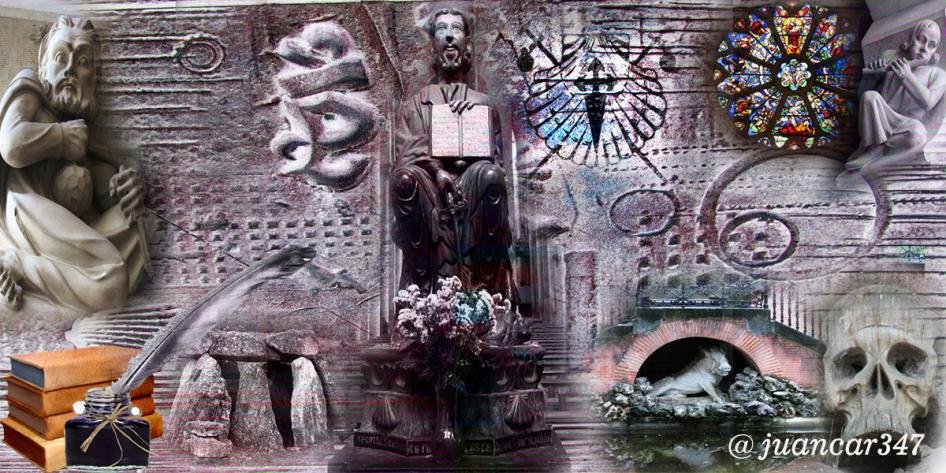
designed by: @txatxy

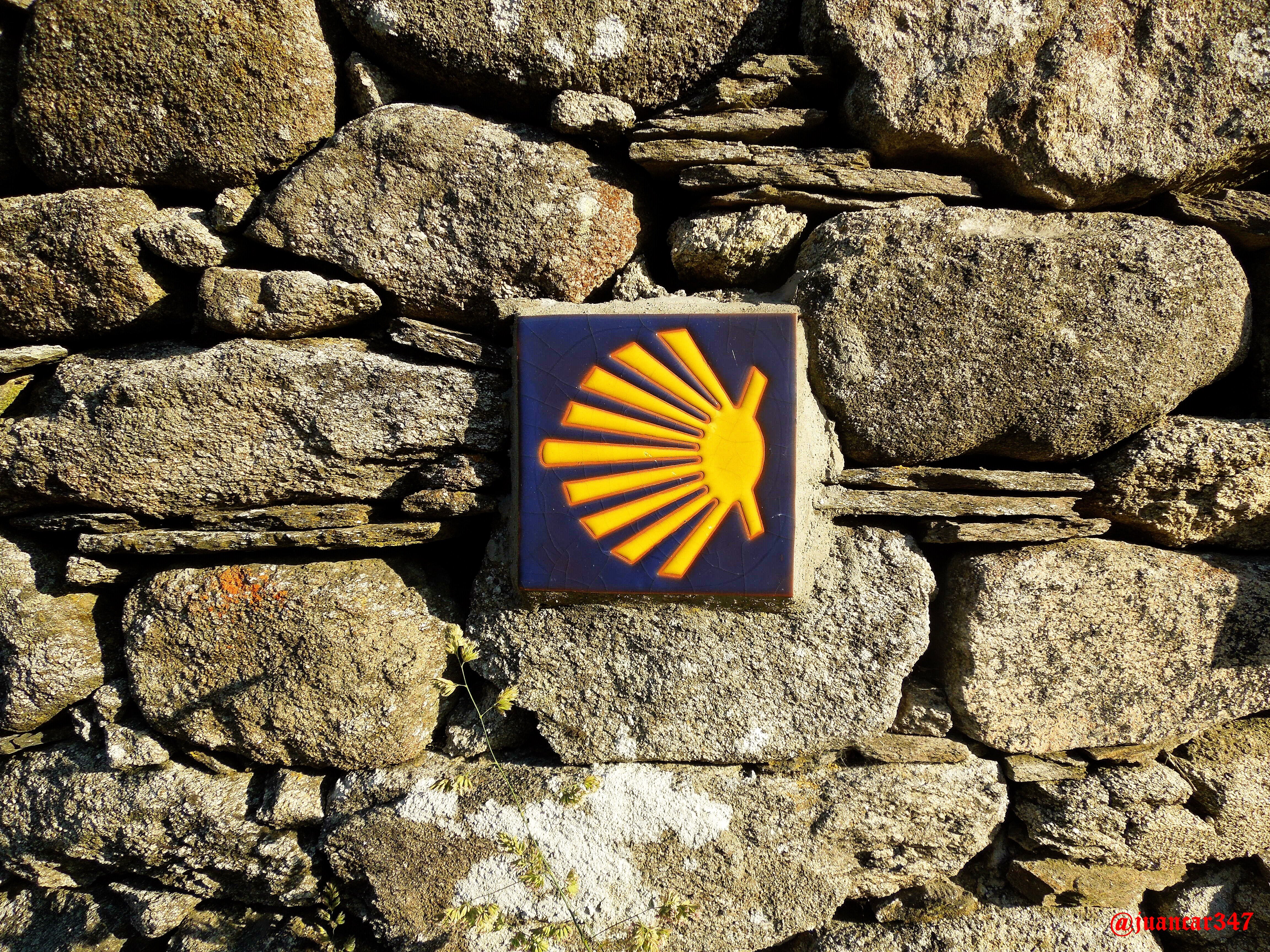
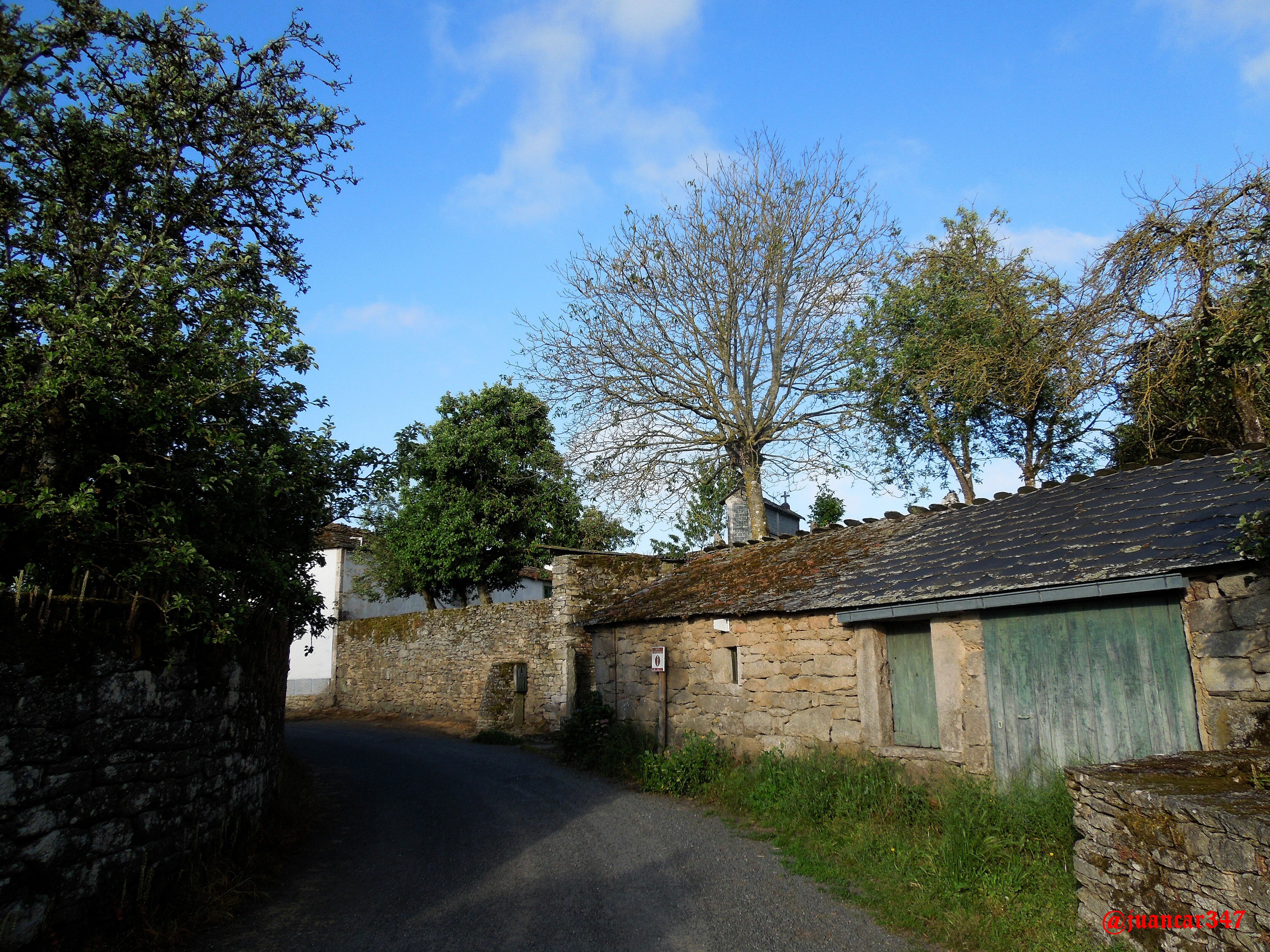
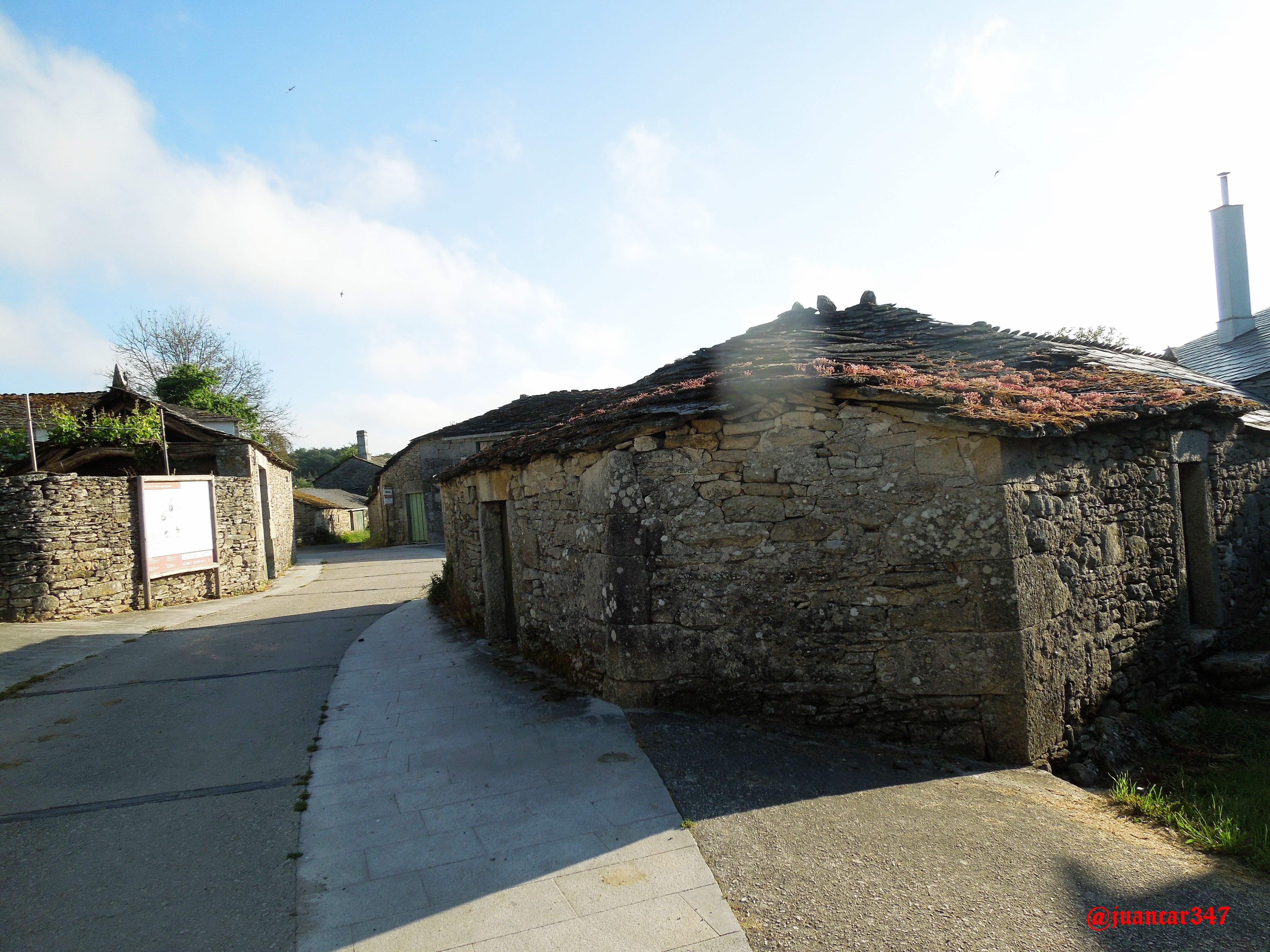
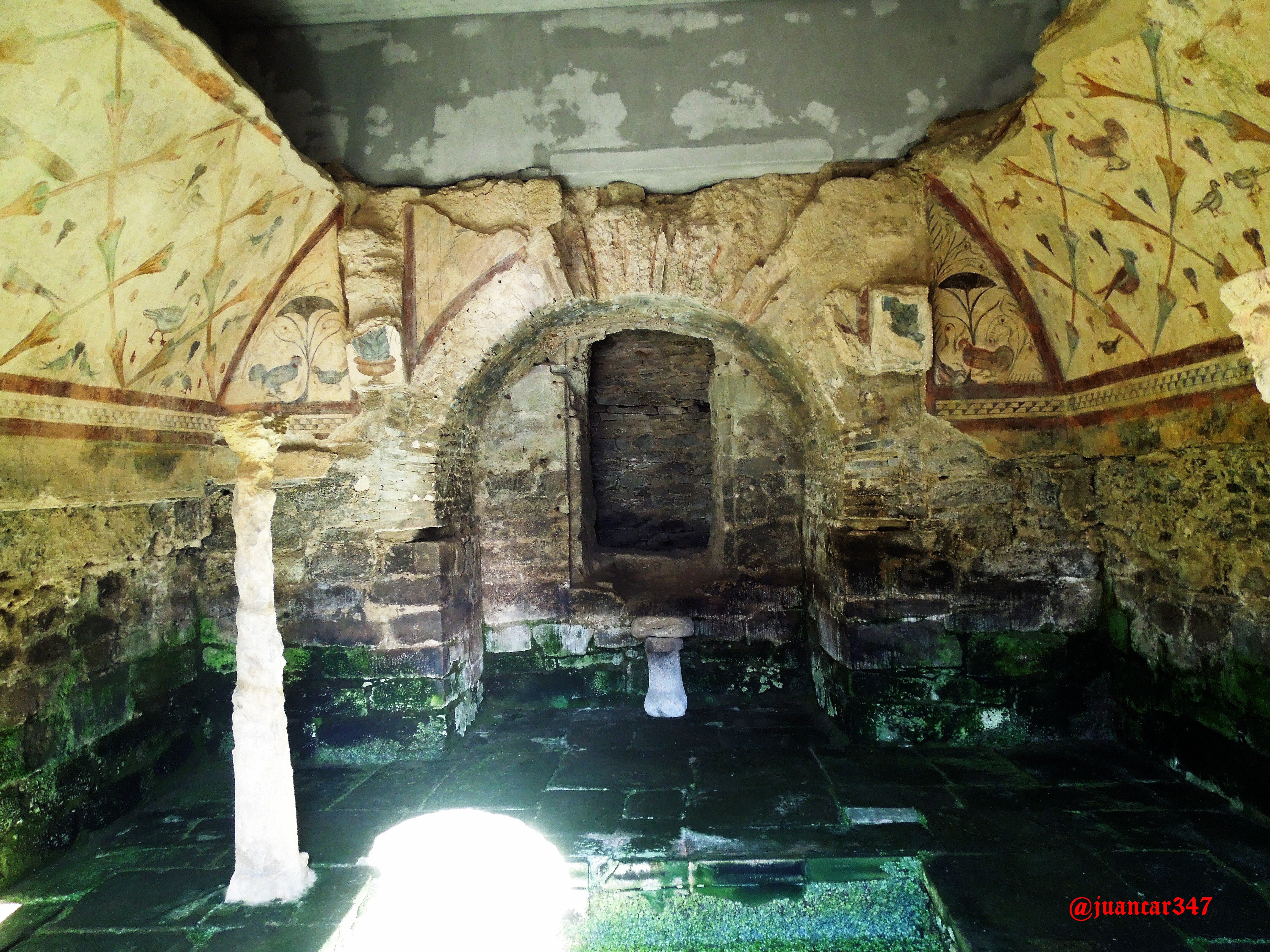
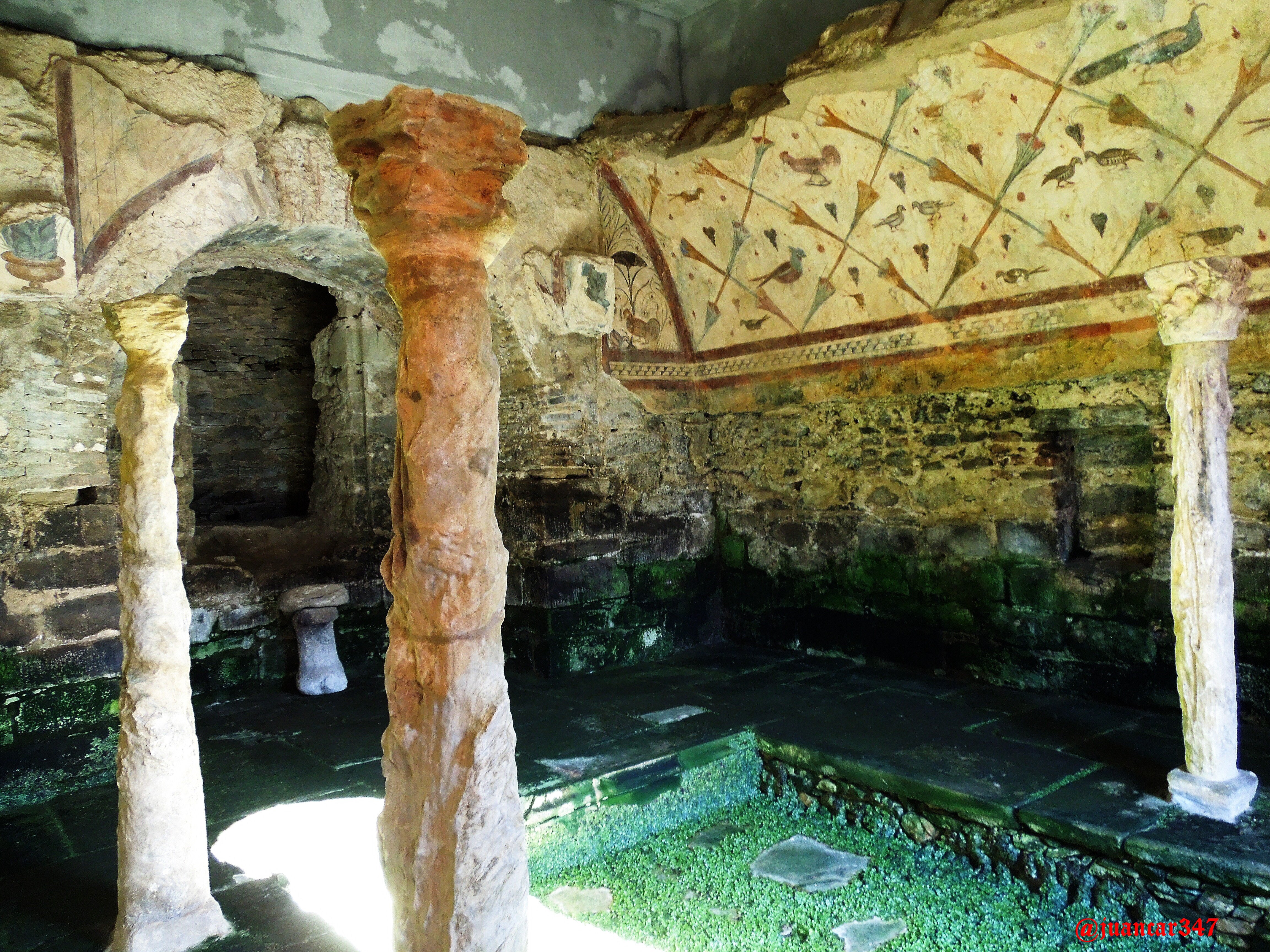
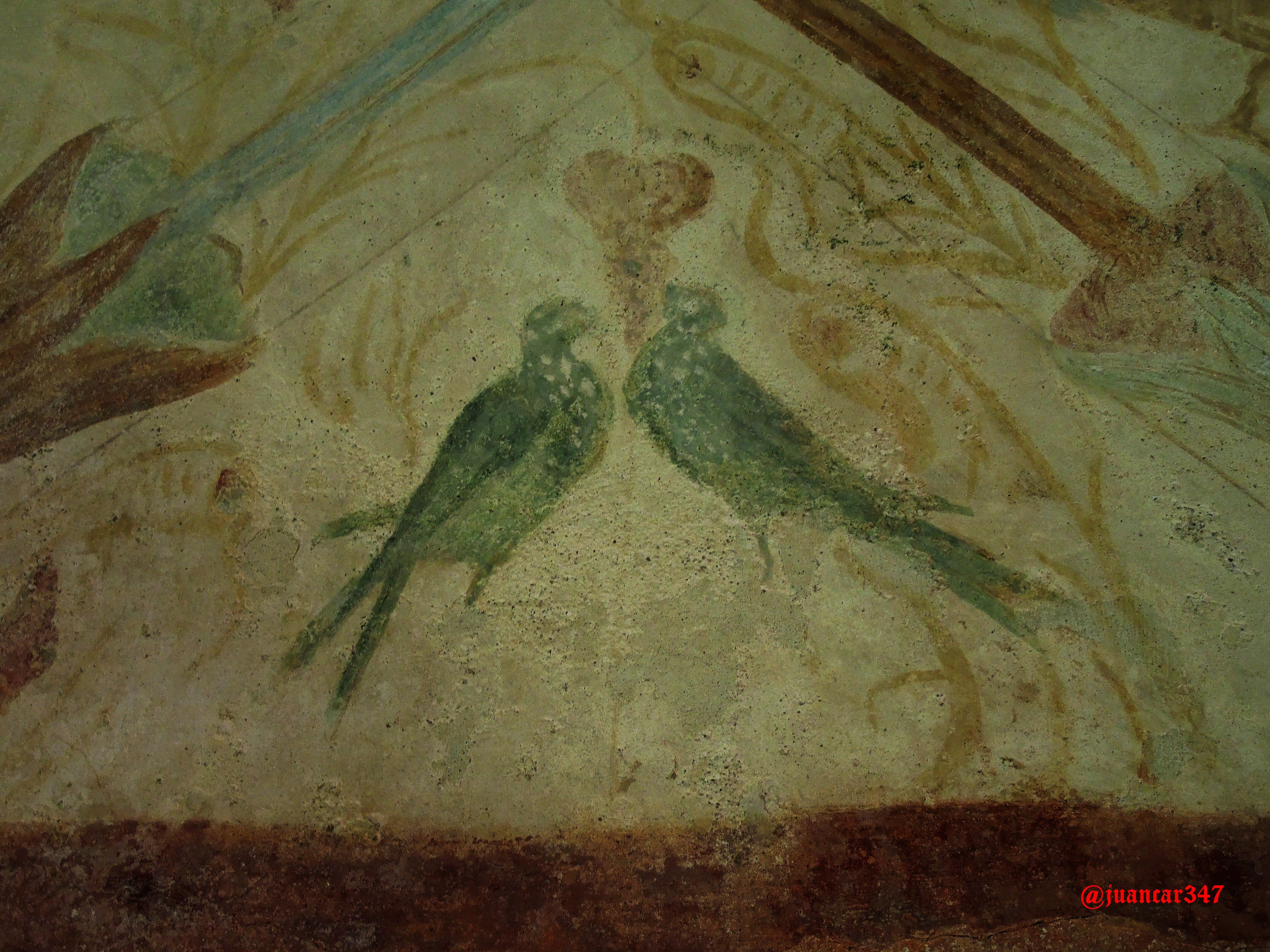
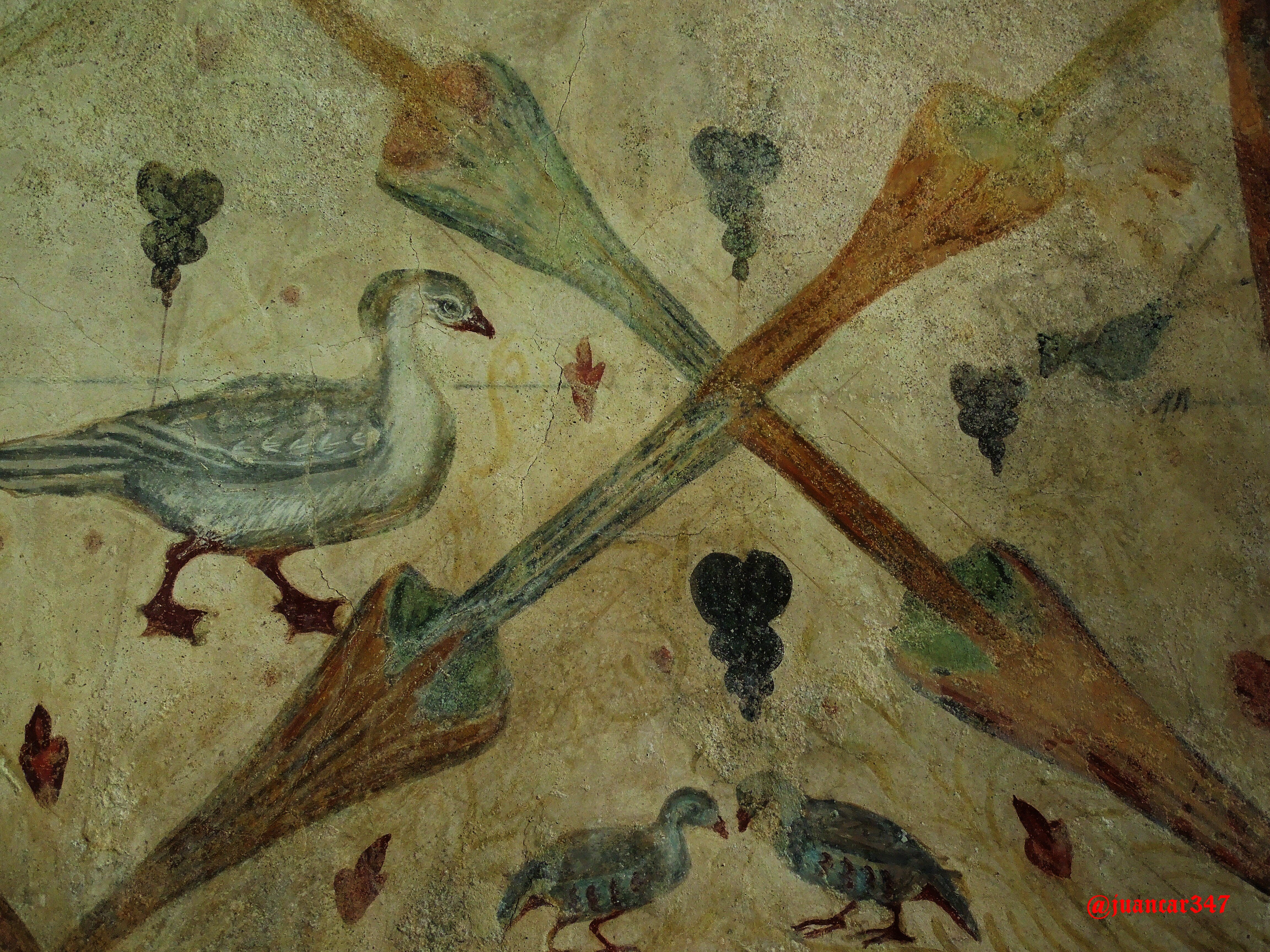
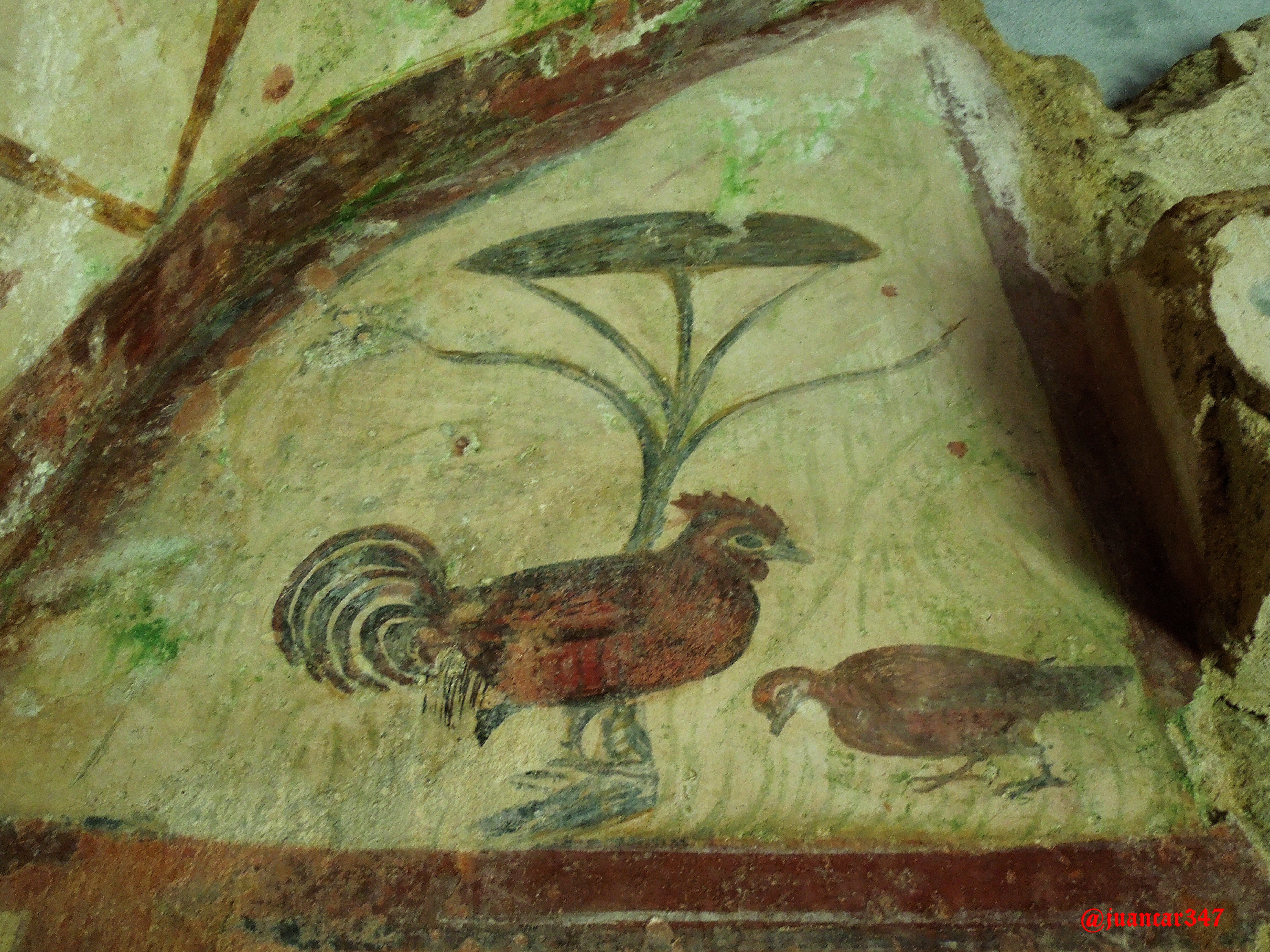
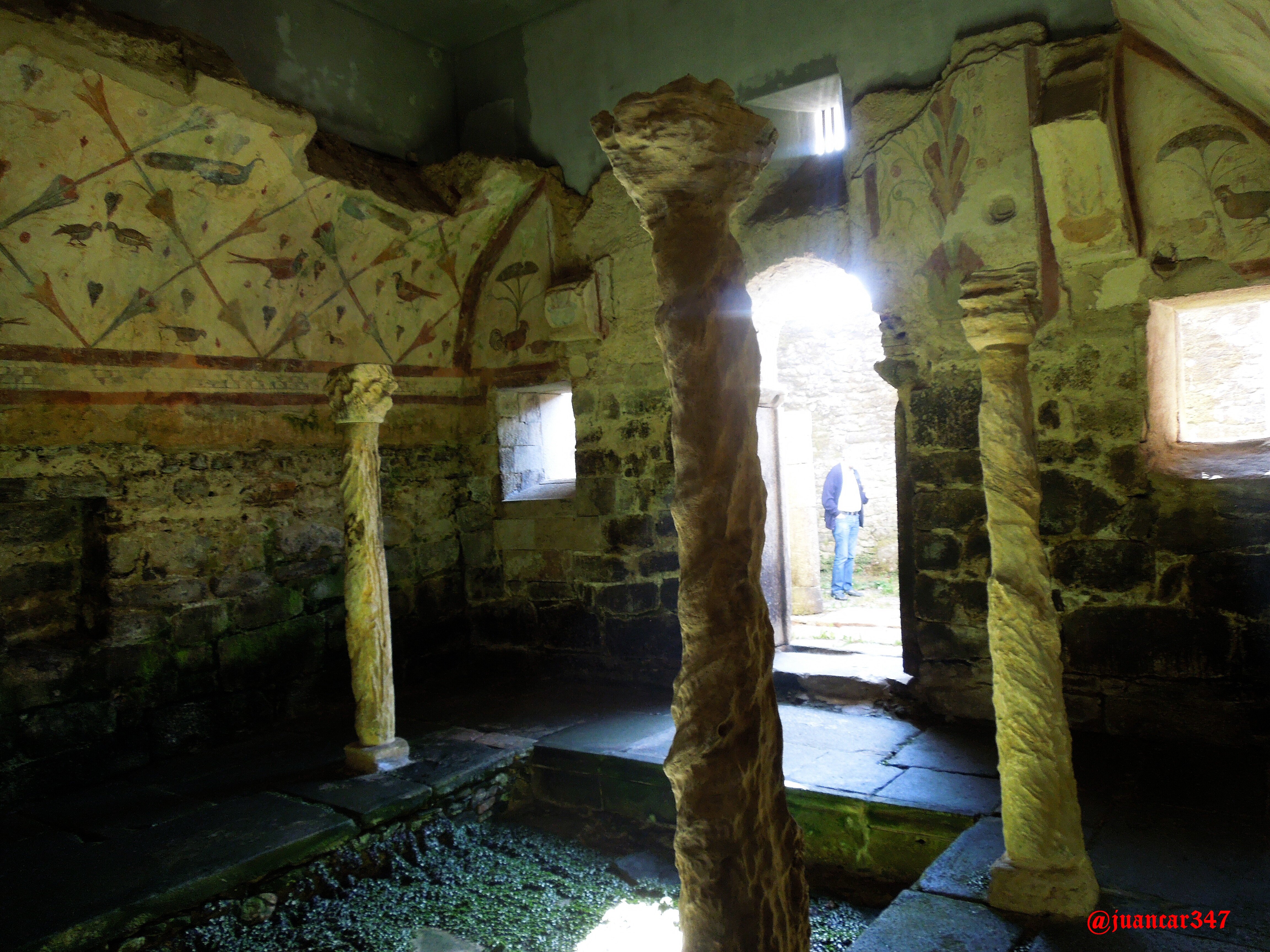

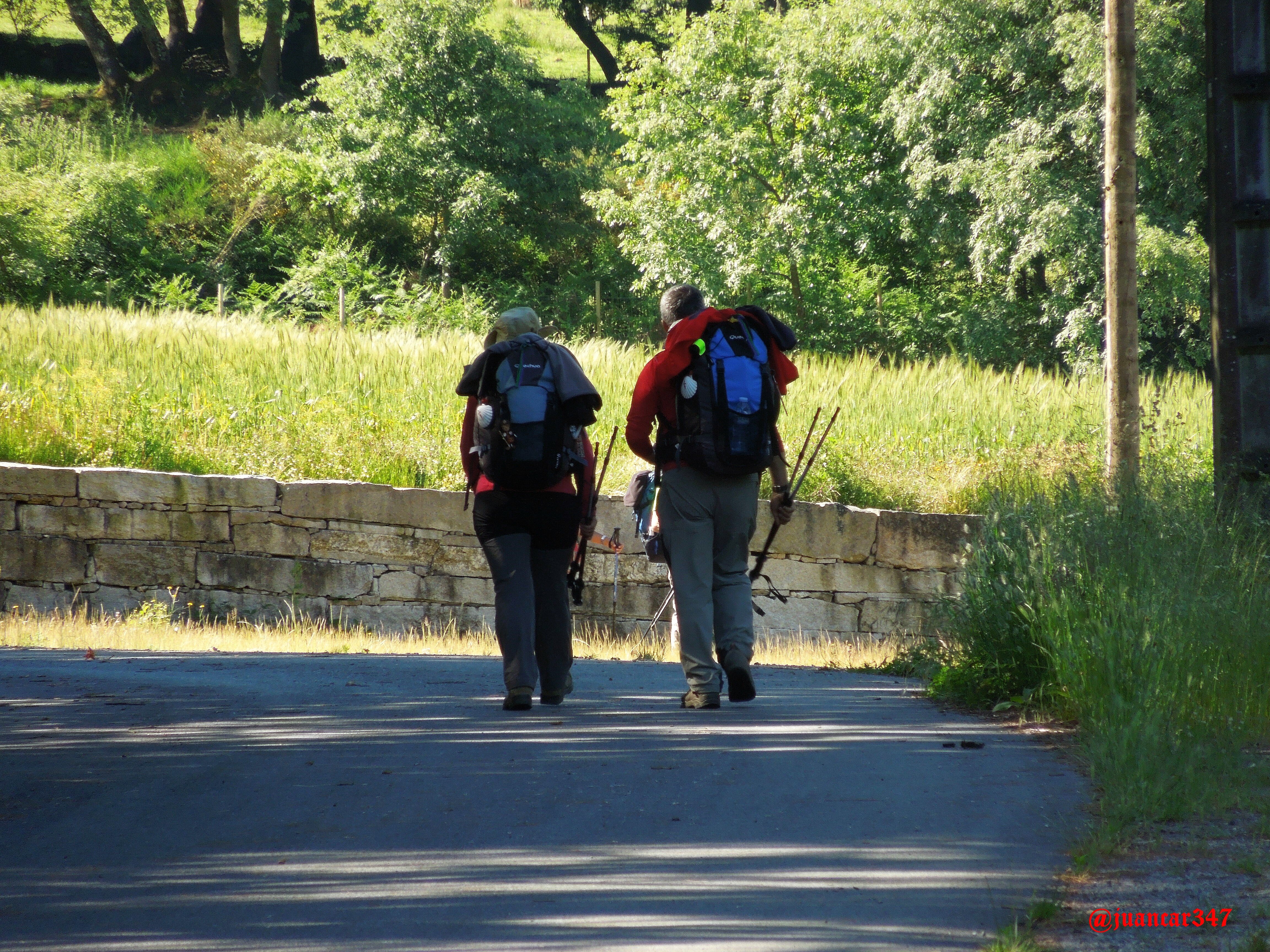

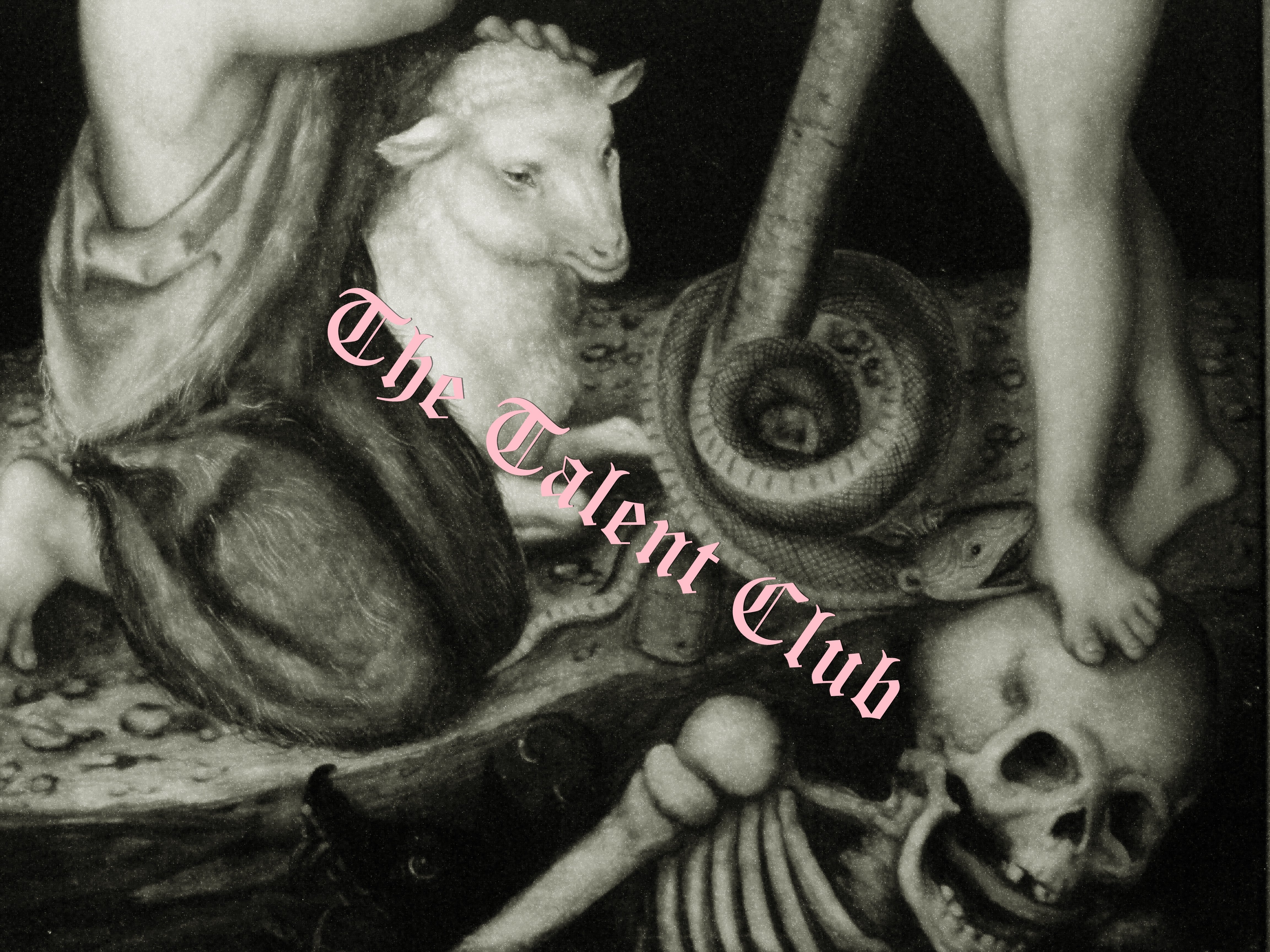
.jpg)